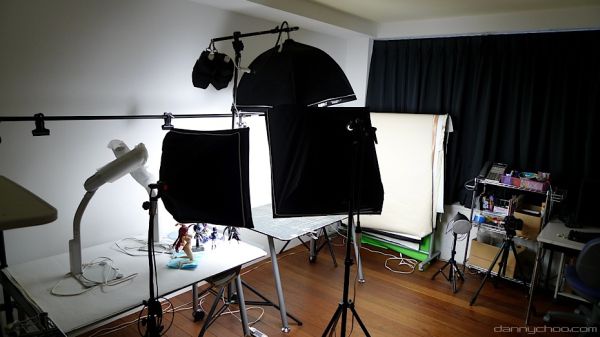Production
So, we have the who (the talent) and the what (the script) — and now we need the where (location). As with real estate, location can be everything. Again, there are several choices. Shooting can happen on location, in a studio or both. The decision can be based on the story, the time of year and the availability of a studio or location. But more often than not, the decision is based on budget.
Shooting in a studio or on a soundstage can be very expensive. Many variables can affect the cost, like the studio’s policies — does it rent out the studio by the day, week or length of the project? The time of year can also dictate the cost, as can the city (Toronto, for example, can be less expensive than Culver City, Calif.).
Shooting on location is time-consuming and can also be expensive, but it’s typically more economical. A location scout will find just the right location, put together video or photos of possible shoots, negotiate pricing and manage legal agreements. Sometimes, he or she can secure locations at little to no cost. The location scout continues to work as part of the production team and is responsible for all location-related issues.
Some shows shoot in Culver City, some shoot in New York City, Toronto and even Wilmington, N.C. It really depends on the production or show’s needs. But Los Angeles remains the hub.
One of the advantages of shooting at a studio or soundstage is control. You can control the lighting, weather, outside noise — everything, really. “The Office” used to shoot on location and made the switch to shooting at a studio. During the first season, it shot on location in an old office building in Culver City. For season two, everything moved to a soundstage.
Even with the lack of control, there are several advantages to shooting on location. The location often lends authenticity to the story and can make the production seem more realistic. The sitcom “Scrubs,” which is shot on location in an abandoned hospital in North Hollywood, is a great example of this. Shooting on location can also add variety and interest to the show and work to visually move the story along.
In a studio or soundstage, the producers and directors will have to decide between a one- or three-camera shooting approach. Beyond the pilot, though, this can become a network decision. With a single camera, there is more control over the camera and editing work, allowing for a nice mixture of close-ups, wide shots and a lot of movement or activity. With three cameras, the scenes rely more on dialogue to help the story progress. Think about the differences between “My Name is Earl” (one camera) versus “Two and a Half Men” (three cameras).
A three-camera show allows the opportunity to shoot in front of a live studio audience. Here, the set is usually similar to a stage play, with three walls. The “fourth wall” is open to the studio audience and cameras. “The Honeymooners,” “All in the Family” and “Will & Grace” are some examples of shows that shot in front of a studio audience. Typically, the cast has several practice runs and then shoots the show with the audience. The show doesn’t actually air live, but it does have the audience sounds (mainly laughter) retained in the edited version. Talk shows — think “Oprah,” “The Daily Show” and “Late Night with David Letterman” — also shoot in front of an audience. Dramas, for various reasons, are audience-free.
For more detail: How TV Production Works

